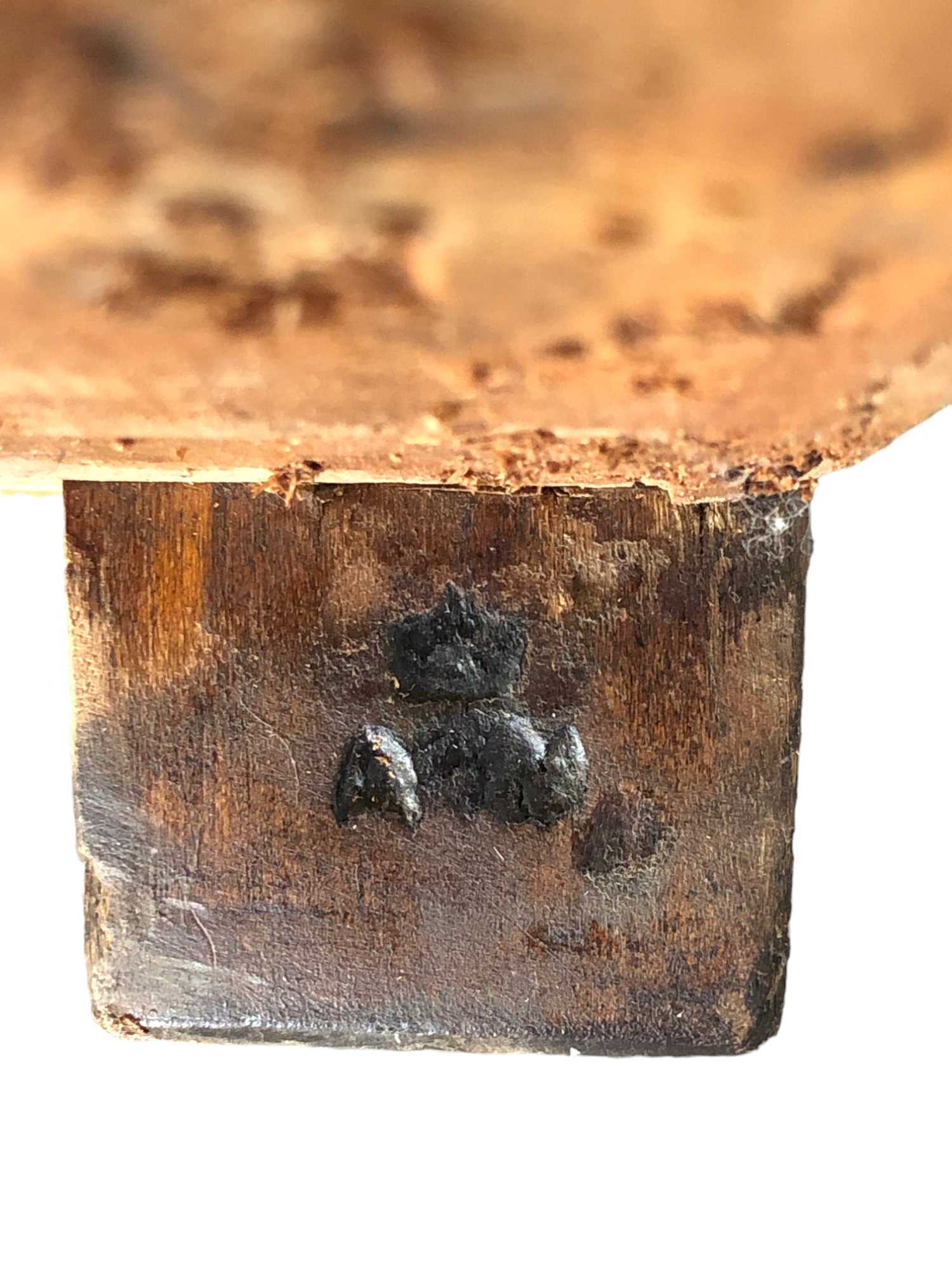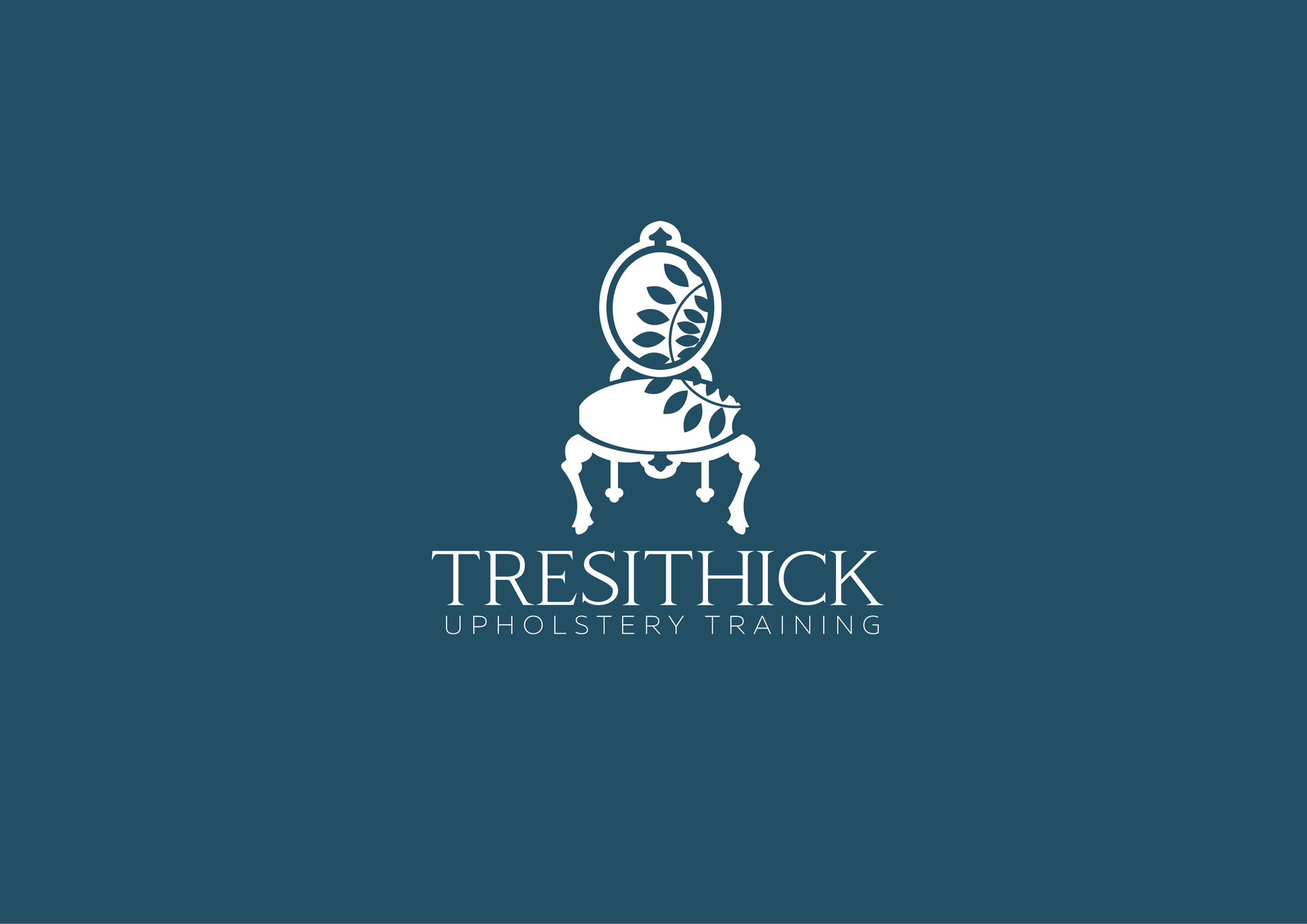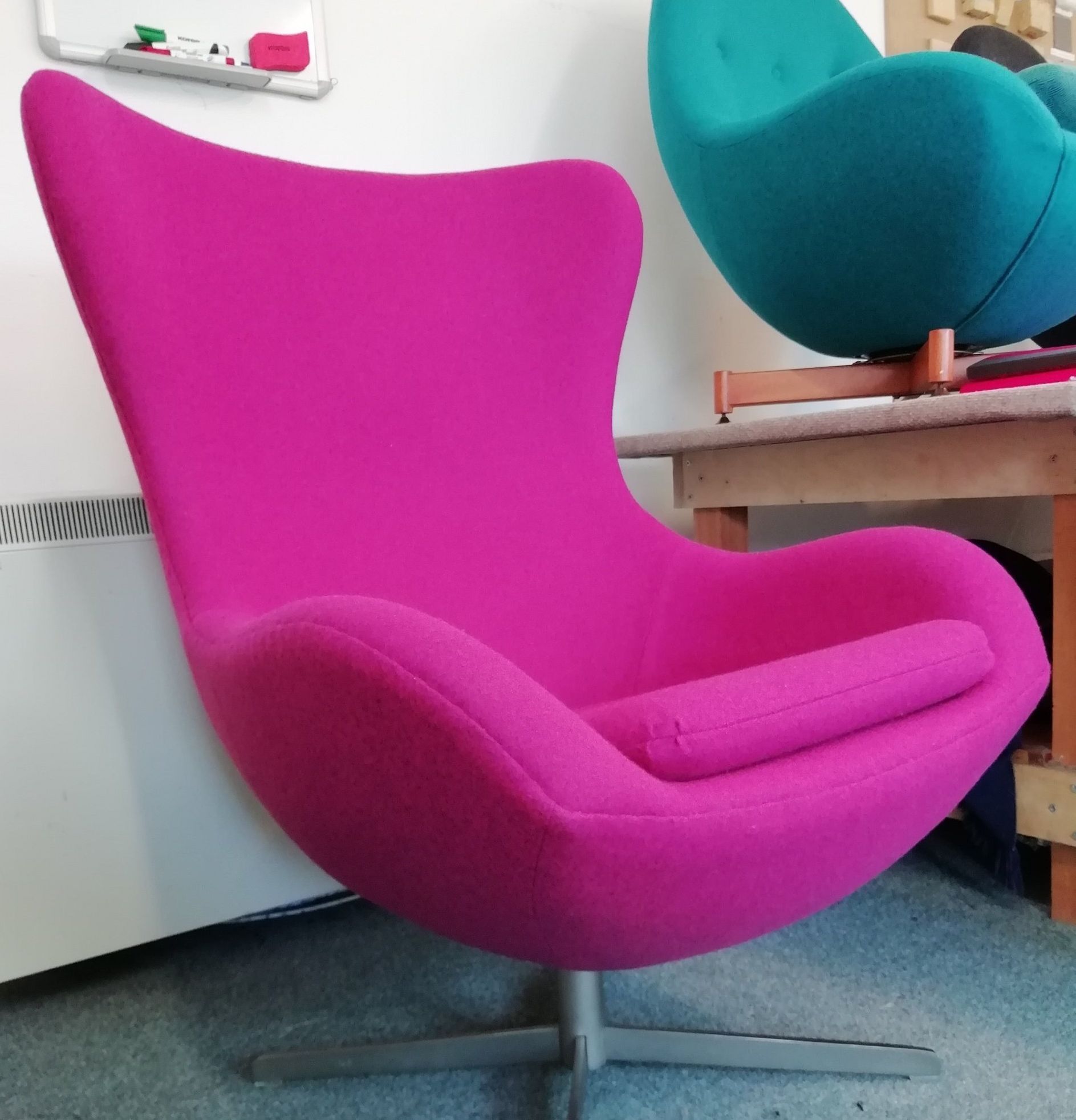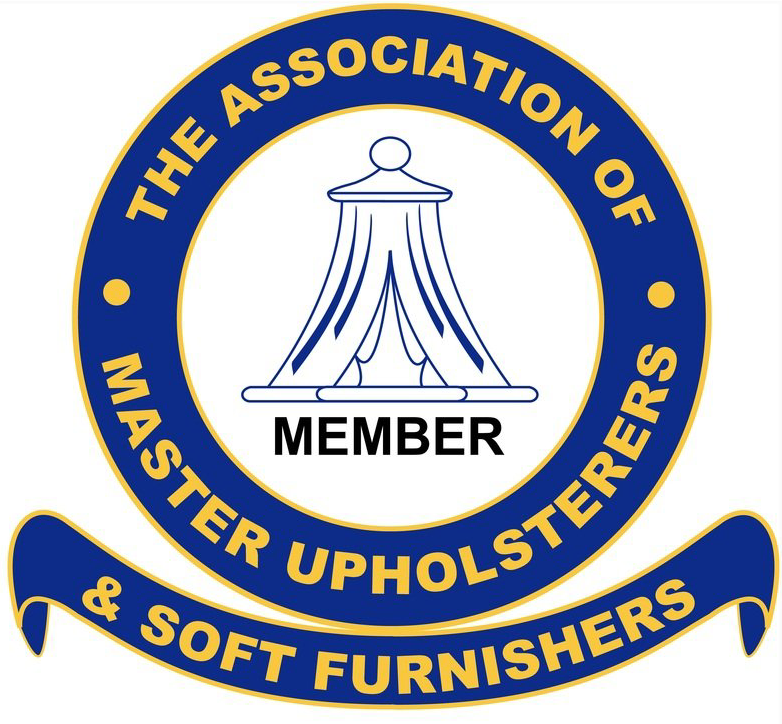The Chair Detective
From time to time something a bit special enters the workshop. More often than not, these pieces hide their provenance and allure under a tired covering and battered innards which exhibit all the classic signs of the trials and tribulations of many years’ loyal service to its custodians. But, more often than not as you strip away the layers of upholstery, if you know where to look and what to look for, the item begins to tell its story.
Just such a piece made an entrance into our workshop a few weeks ago. On stripping all the old upholstery off, thereby relieving the armchair of its worn-out robes and undergarments, the quality of the frame itself was thus laid bare. What was immediately clear was that this was an item of real quality.
But how could we tell?
Well, the frame was constructed from Walnut, which is by no means common (Beech is more commonly used on what you might term ‘workaday’ chairs, though not so much these days where little more than packing crate timber seems to pass for acceptable). Next, the sheer weight of the frame was not insignificant (how many times does simply the weight of an item signify quality?). Moreover, the cabinet work on the joints was certainly not what you would normally find and something to behold; as a picture paints a thousand words, please see for yourself;

We’re not talking nails, nor screws, dowels, or even a regular mortice and tenon joint, but the most beautifully crafted joinery ever to grace a chair frame. These features are only to be found in the highest quality antique furniture emerging from the rarefied air of the workshops of renowned makers such as Howard and Sons for example.
But this was not a Howard and Sons masterpiece.
On closer inspection, the maker’s mark could be seen on the inside of one of the rear legs.

So, there it was for all to see - this was an armchair from the workshops of the esteemed late 19C/early 20C furniture makers Waring and Gillow.
This maker is perhaps less well known than the likes of celebrated 18C furniture designers and makers such as Chippendale, Sheraton and Hepplewhite, but did you know that Hepplewhite was, for all his celebrity, in fact apprenticed to Gillow. Yes, Hepplewhite learnt his trade from Gillow, the maker of this chair!
This is the stuff of dreams if you’re a furniture geek (or simply someone who appreciates
real quality). For more about Waring and Gillow see link:
https://en.wikipedia.org/wiki/Waring_%26_Gillow
On the other rear leg there were further marks, albeit somewhat blurry. These were hard to discern, and the ‘penny’ was slow to drop, but, knowing a little of the chair’s history which was recounted to me by the person the chair belonged to, I looked again at the marks and could just make out the letters A and M, with a much clearer 1940 stamp. It did though have some other indistinguishable embossing just below it:

So, what of these marks?
A and M? Short for Air Ministry. This led me to interpret the practically indistinguishable embossed mark below to be that of a crown.
For those in the know, this chair was most likely, therefore, part of a consignment of furniture made by Waring and Gillow under contract from the Air Ministry to furnish the Officers’ Messes of Royal Air Force stations which were popping up all over the country in the lead up to, and during the early years of, the Second World War. This was a time when a huge number of new airfields were being constructed to join the war effort to repel the Nazis from British shores and free continental Europe of their occupation. Naturally, the RAF aircrews and support personnel needed something comfortable to sit on as they recharged
their batteries in the relative tranquility of their Mess Ante Rooms up and down the country during the lulls between operational activities.
The numbers were of course spelling out (can numbers spell?) the year 1940; ie. the date of manufacture.
As a former RAF pilot myself this meant something to me; I felt a personal connection to the chair. What I love about restoring and reupholstering old and antique furniture is that it always has a story to tell. What period does it come from, who made it, where has it spent its days, who has sat in it and what conversations was it privy to over the years?
If only chairs could speak!
















